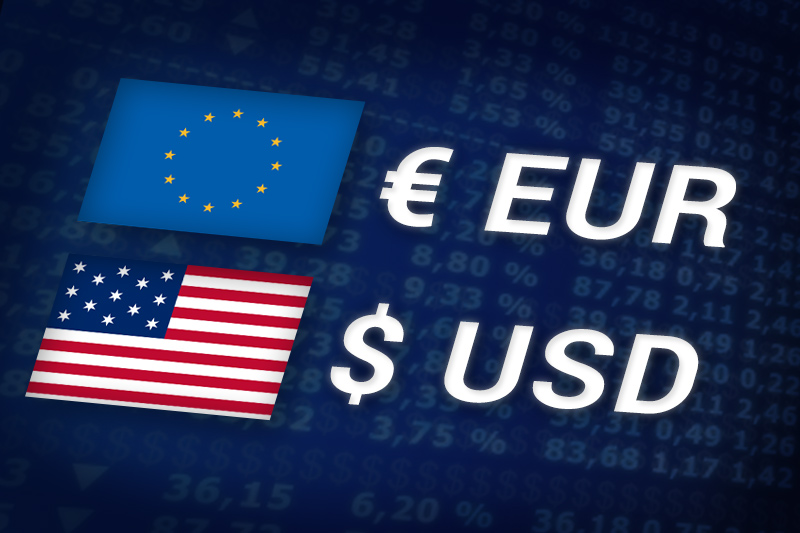Investing.com’s stocks of the week
Investing.com – The euro was up against the U.S. dollar on Monday, surging to a 6-day high after the weekend G20 agreement on the need to avoid "competitive devaluation" of currencies boosted risk appetite.
EUR/USD hit 1.4080 during late Asian trade, the pair’s highest since October 15; the pair subsequently consolidated at 1.4053, surging 0.70%.
The pair was likely to find support at 1.3857, Friday’s low and resistance at 1.4157, the high of October 15 and an 8-month high.
At their weekend meeting in South Korea the G20 industrial and emerging nations agreed to try to maintain trade balances—which are both a reflection of and a determinant of exchange rates—at "sustainable levels." Leaders also agreed to move toward market-based exchange-rate systems.
G20 finance ministers also struck a surprise deal to give emerging nations a bigger voice in the International Monetary Fund, acknowledging the shift in economic power away from Western industrial nations.
The euro was also up against the pound, with EUR/GBP gaining 0.37% to hit 0.8929.
Later in the day, the euro zone was to release official data on industrial new orders while the U.S. was to publish industry data on existing home sales.
EUR/USD hit 1.4080 during late Asian trade, the pair’s highest since October 15; the pair subsequently consolidated at 1.4053, surging 0.70%.
The pair was likely to find support at 1.3857, Friday’s low and resistance at 1.4157, the high of October 15 and an 8-month high.
At their weekend meeting in South Korea the G20 industrial and emerging nations agreed to try to maintain trade balances—which are both a reflection of and a determinant of exchange rates—at "sustainable levels." Leaders also agreed to move toward market-based exchange-rate systems.
G20 finance ministers also struck a surprise deal to give emerging nations a bigger voice in the International Monetary Fund, acknowledging the shift in economic power away from Western industrial nations.
The euro was also up against the pound, with EUR/GBP gaining 0.37% to hit 0.8929.
Later in the day, the euro zone was to release official data on industrial new orders while the U.S. was to publish industry data on existing home sales.
